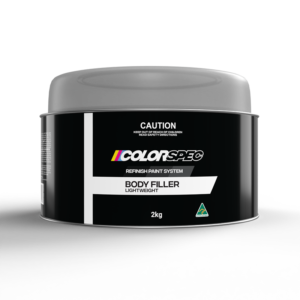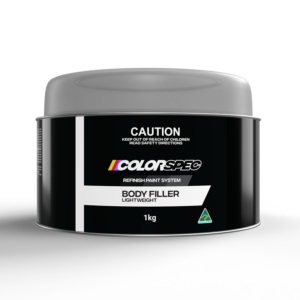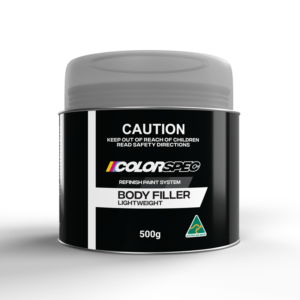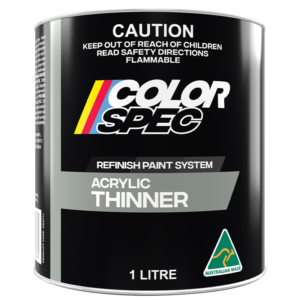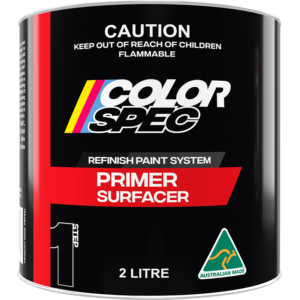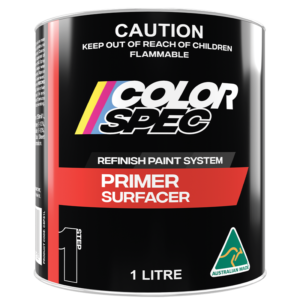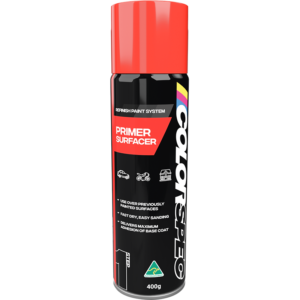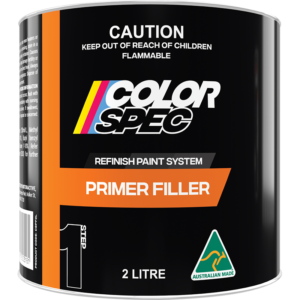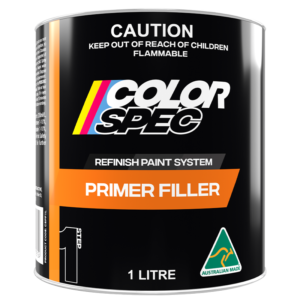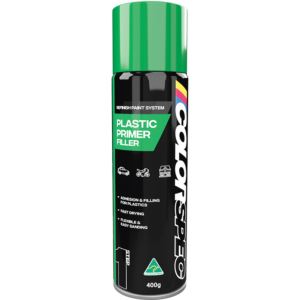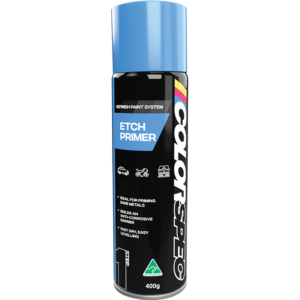01. Is ColorSpec paint fuel resistant?
The vast majority of acrylic paints are susceptible to petrol, along with other harsh solvents such as; acetone, thinner and methylated spirits. If you’re refinishing an area where fuel may come into contact, it is recommended to use a 2-pack paint product.
02. Do I need to use ColorSpec brand base coat and clear coats?
ColorSpec recommends using only ColorSpec base coat and clear coats to ensure maximum longevity and chemical compatibility. Mixing brands voids the warranty on ColorSpec products.
03. Do I have to mix ColorSpec Primers, Base Coat Colour or Clear Coats with ColorSpec Acrylic Thinner?
ColorSpec aerosol cans have thinner and propellant already added. When using ColorSpec in bulk quantities and applied using air-operated spray equipment, mixing with ColorSpec Acrylic Thinner is essential to ensure compatibility along with proper adhesion and gloss retention.
Refer to your product for correct mixing ratios.
04. Can you use ColorSpec paint on engine parts or brake calipers?
ColorSpec is not recommended for components that will be exposed to extreme heat. This could cause the paint to split, crack or flake. Specialised, high-temperature paint is suggested for components such as these.
05. How long will a can of ColorSpec last in storage?
Product inside the aerosol can will store for at least 12-months from the time it’s mixed.
Tack Cloth
03. Use a tack cloth before applying paint to give the surface one last wipe, to remove any remaining dust and lint you can’t see. This will help reduce blemishes when you apply the particular ColorSpec product you are using.
Guide Coat
04. After you’ve applied primer, spray a very light coat of dark colour (black works well) over the top, this is known as a guide coat. Once the primer and guide coat have dried you can sand the surface so it’s flat, the guide coat will help you identify when this has been achieved as you should aim to sand until you’ve just removed the guide coat.
